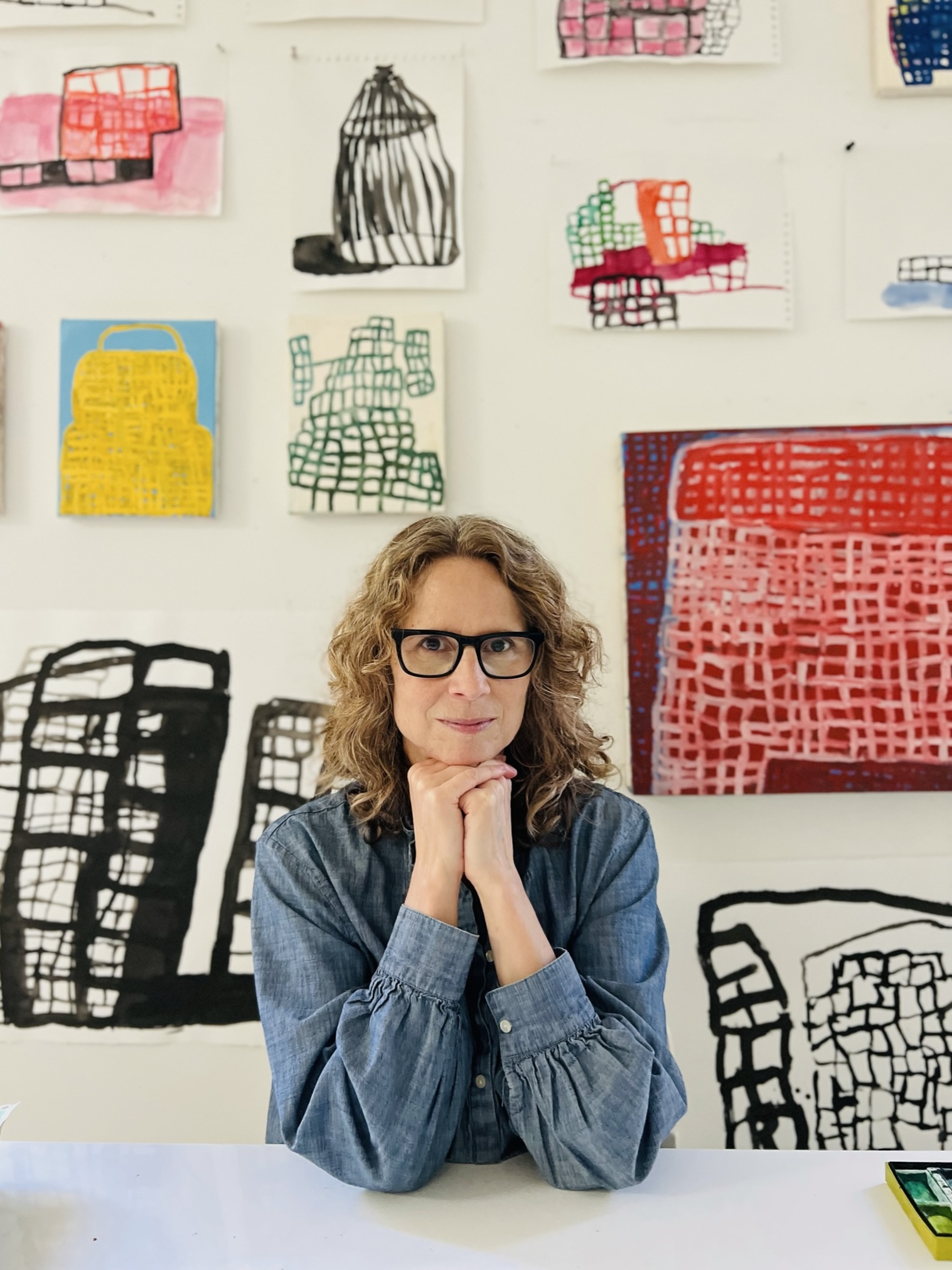We were lucky to catch up with Stephanie Dennis recently and have shared our conversation below.
Stephanie, looking forward to hearing all of your stories today. How did you learn to do what you do? Knowing what you know now, what could you have done to speed up your learning process? What skills do you think were most essential? What obstacles stood in the way of learning more?
Learning how to make paintings and pursuing a professional art career has required a combination of instruction, studio time, a network of fellow artists and colleagues, and ongoing professional development.
I studied art in both undergrad and grad school. This academic training was really important for gaining fundamental skills in drawing, composition, process, materials, and art history. It also provided essential mentorship, a group of colleagues, and substantive critique.
Once I was out of school, I had to develop and maintain a meaningful, disciplined studio practice. That means showing up and making A LOT of work–much of which is unsuccessful but necessary. Experimenting, analyzing, and learning how to assess the strengths and weaknesses of what you are making is simply never-ending, and only by making work can you do it. There is a process to discovering what your visual voice is, and that takes a lot of trial, error, and staying the course. Being able to carry on even when your confidence is low.
I believe studying with talented professors who pushed me to level up my work was essential. I also believe it’s essential to have a circle of fellow artists who can provide feedback and support. Both of these help “speed up” the learning process. You need input! But being an artist is also an emotional endeavor. Persistence, curiosity, ambition, vulnerability, and self-trust are essential.
The most persistent obstacles to learning are constraints on time and money. You need both to make enough work to progress. Self-doubt can also rob you of opportunities to learn.
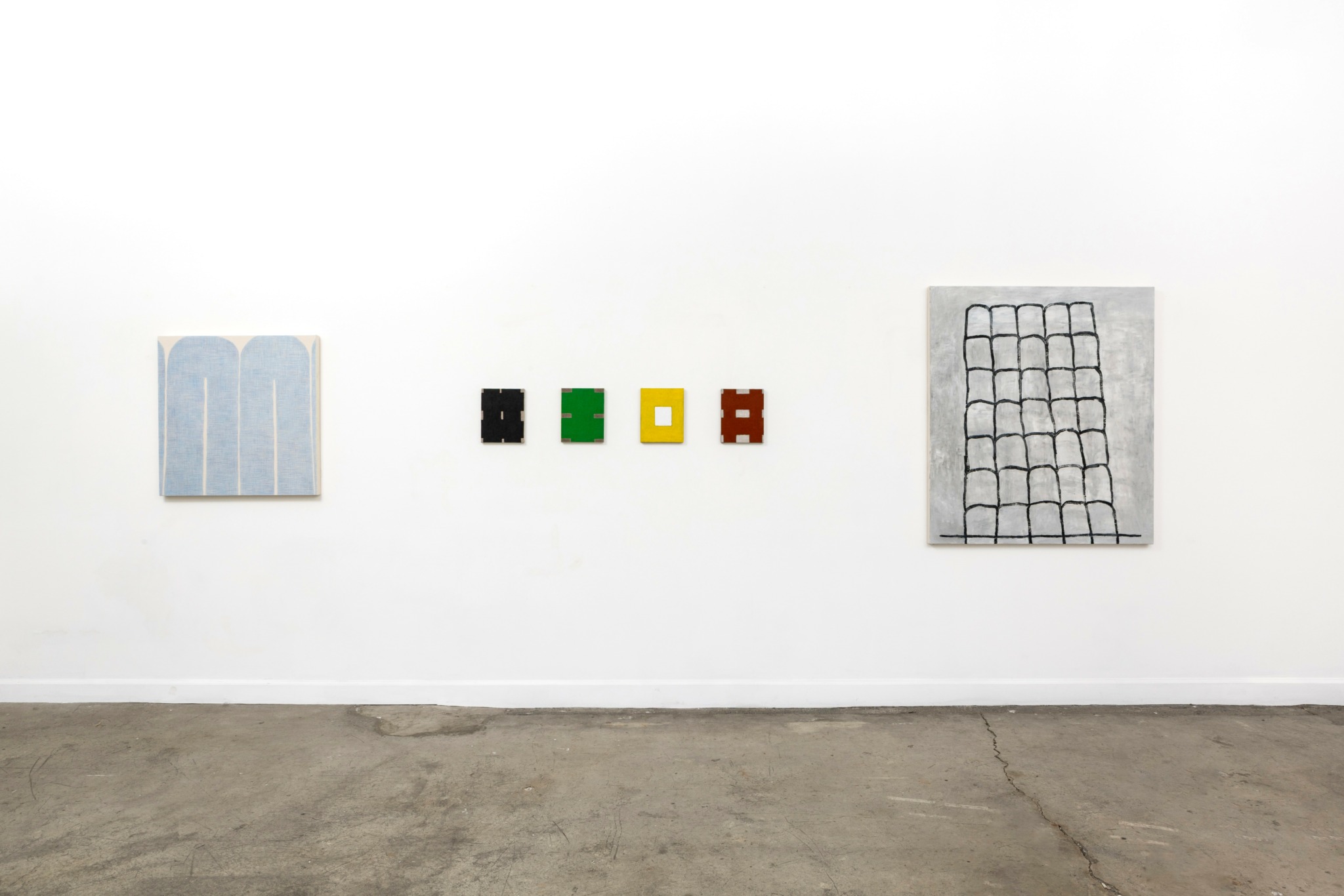
Stephanie, love having you share your insights with us. Before we ask you more questions, maybe you can take a moment to introduce yourself to our readers who might have missed our earlier conversations?
I’m a painter based in Oakland, California. I have a studio in my home which gives me a lot of flexiblity in terms of schedule and space, particularly because I have a child. I was always attracted to drawing and painting as a kid and loved art classes. After studying both art and journalism in college, I split my time working in marketing and making art. Eventually I was able to focus more exclusivley on my studio practice, although I’m always juggling the demands of family and motherhood.
My work explores ideas about place, memory and belonging. Using a range of materials, I combine pared-down forms with expressive gestures. I’m attracted to qualities of both control and vulnerability in the work–a kind of gestural minimalism. I think each painting is a stand-in or symbol for a place–either remembered or invented.
My studio practice includes a lot of drawing. The quick visual thinking, freedom, immediacy and discovery of drawing feeds the paintings.
I’m always striving to make my work and my visual vocabulary as personal and distinctive as possible. I think that is what makes work resonate for viewers, paradoxically. I want the paintings to have their own sensibility, personality, and appeal–so they can have their own relationships with viewers of collectors.
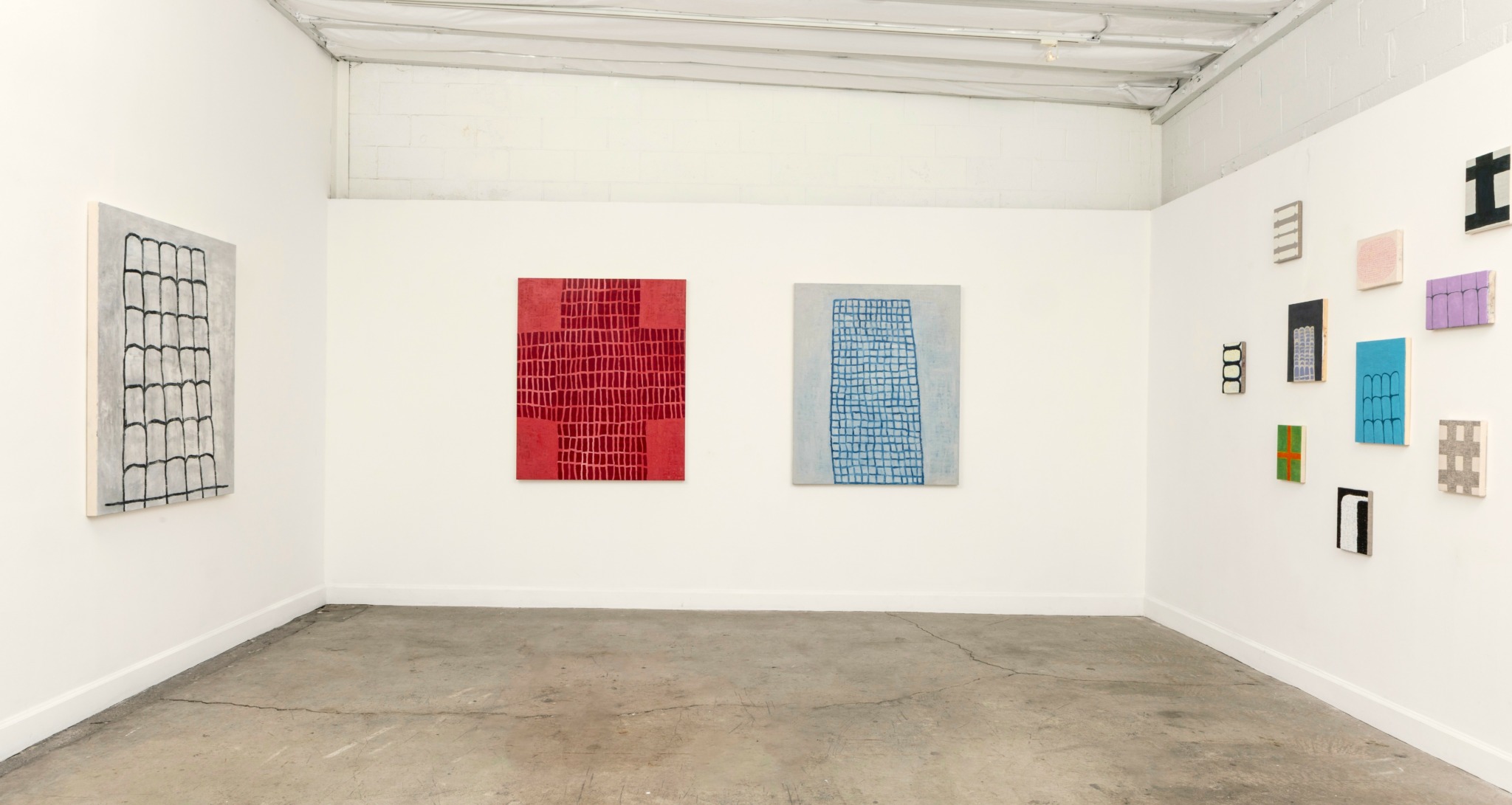
What’s a lesson you had to unlearn and what’s the backstory?
It’s kind of ironic, but a lot of what I’ve learned about art has to be unlearned to continue to find my own authentic expression. The formal training, the mentorship, and even watching what other artists are making is important, but it can lead to being overly influenced by what someone else is doing, particularly if you are attracted to that work or think it could lead to “success”. It’s like a balancing act: staying open to advice or inspiration but maintaining a boundary that keeps you connected to what’s true for you. Otherwise, it can start to feel like you are chasing after something outside of yourself.
After graduate school, I definitely had to go through a sorting process of distinguishing what my work is about, apart from what I was taught, exposed to, or encouraged to do,
I think formal knowledge can also be limiting. Understanding mechanics, color theory, composition, etc is empowering, but you almost have to set aside the “rules” and theories when you are actually creating to stay open. Following my intuition and being okay with getting lost is where real discoveries are made in the work. If I have too many voices or prescribed ideas in my head–a professor’s, a gallerist’s, a critic’s–it can drown out my own. All the outside learning is like fuel in the tank, not the map. I have to drive and choose the route to get where I want to go.
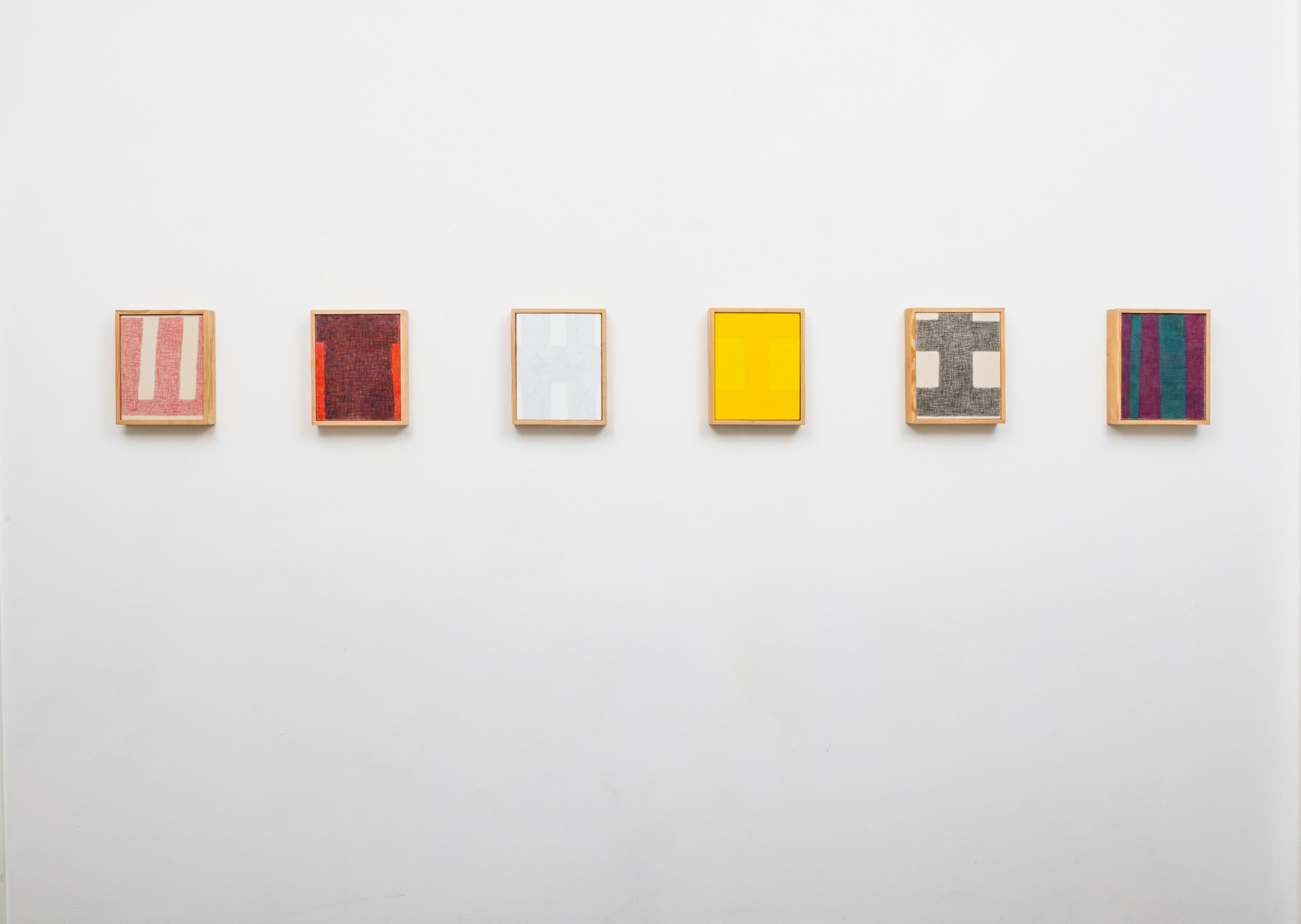
For you, what’s the most rewarding aspect of being a creative?
Having a pursuit that never stops being interesting, challenging, mysterious, and fun is something I am grateful for. There is always a new question or inspiration to follow. I am always learning new things about painting and myself. There is no finish line. When I am working, time fades away. I have painting problems I am trying to solve, which is very satisfying.
The struggles that go into being an artist are also an enormous opportunity for self-growth. It takes faith in yourself and the process. It means paying attention but staying open; having discernment so that you can properly judge your work. It means putting yourself out there over and over, so you have to get comfortable with feeling vulnerable and being rejected.
Being an artist has also meant I am surrounded by fellow creative, interesting, and deep-thinking people. We are all following an esoteric pursuit, so there is a wonderful and necessary camaraderie.
Contact Info:
- Website: https://www.stephaniedennisart.com
- Instagram: @stephaniedennisart
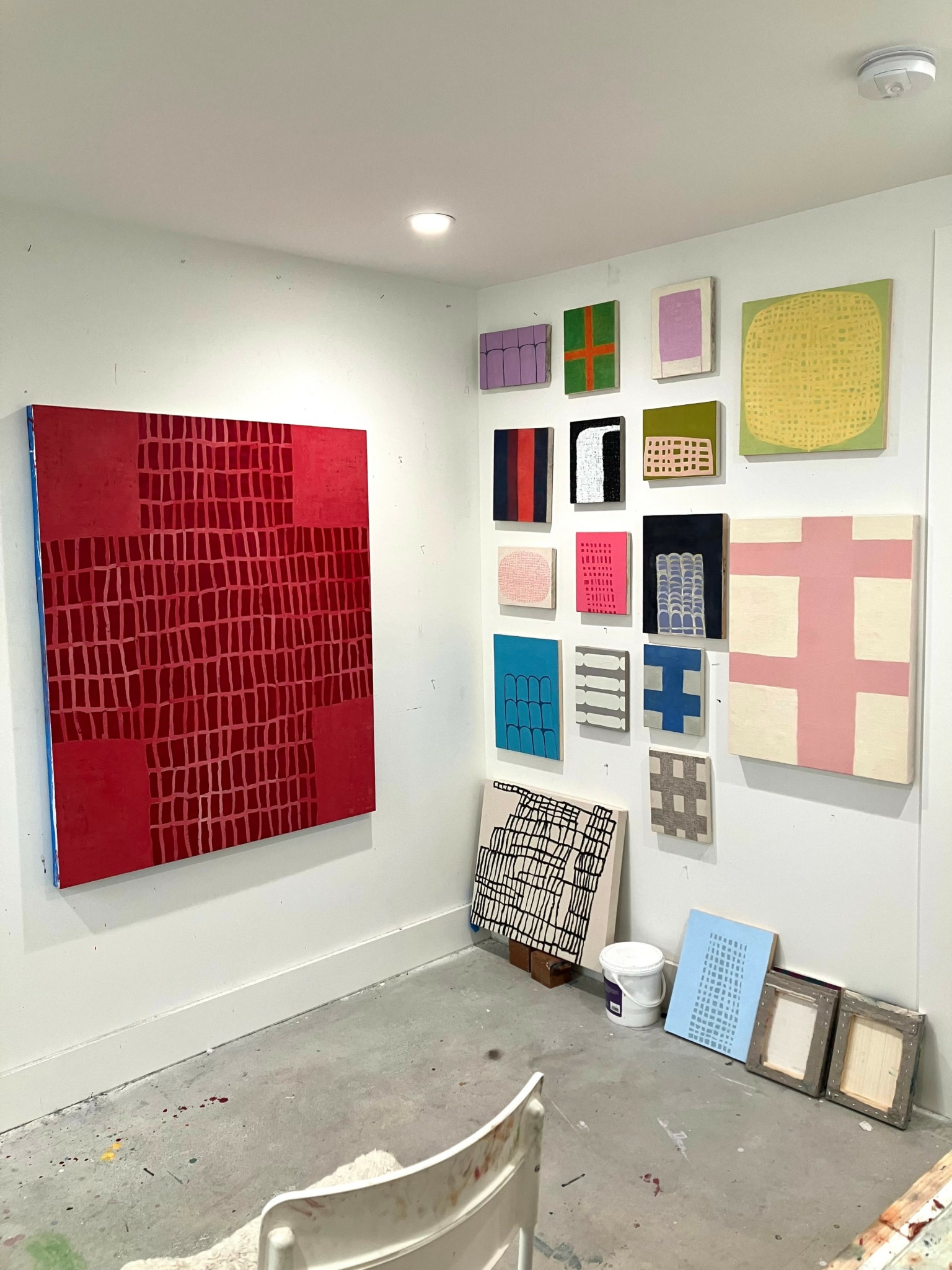
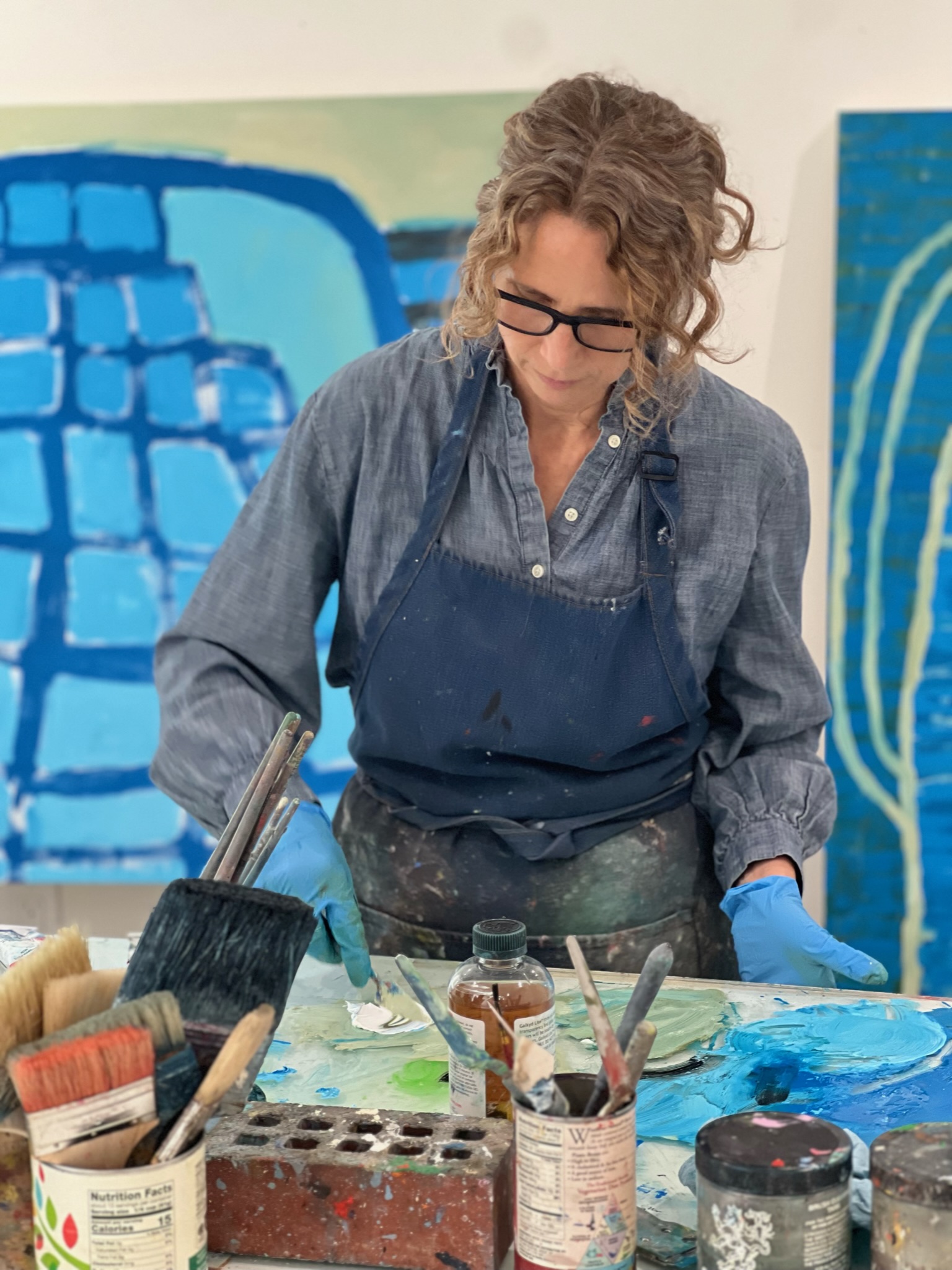
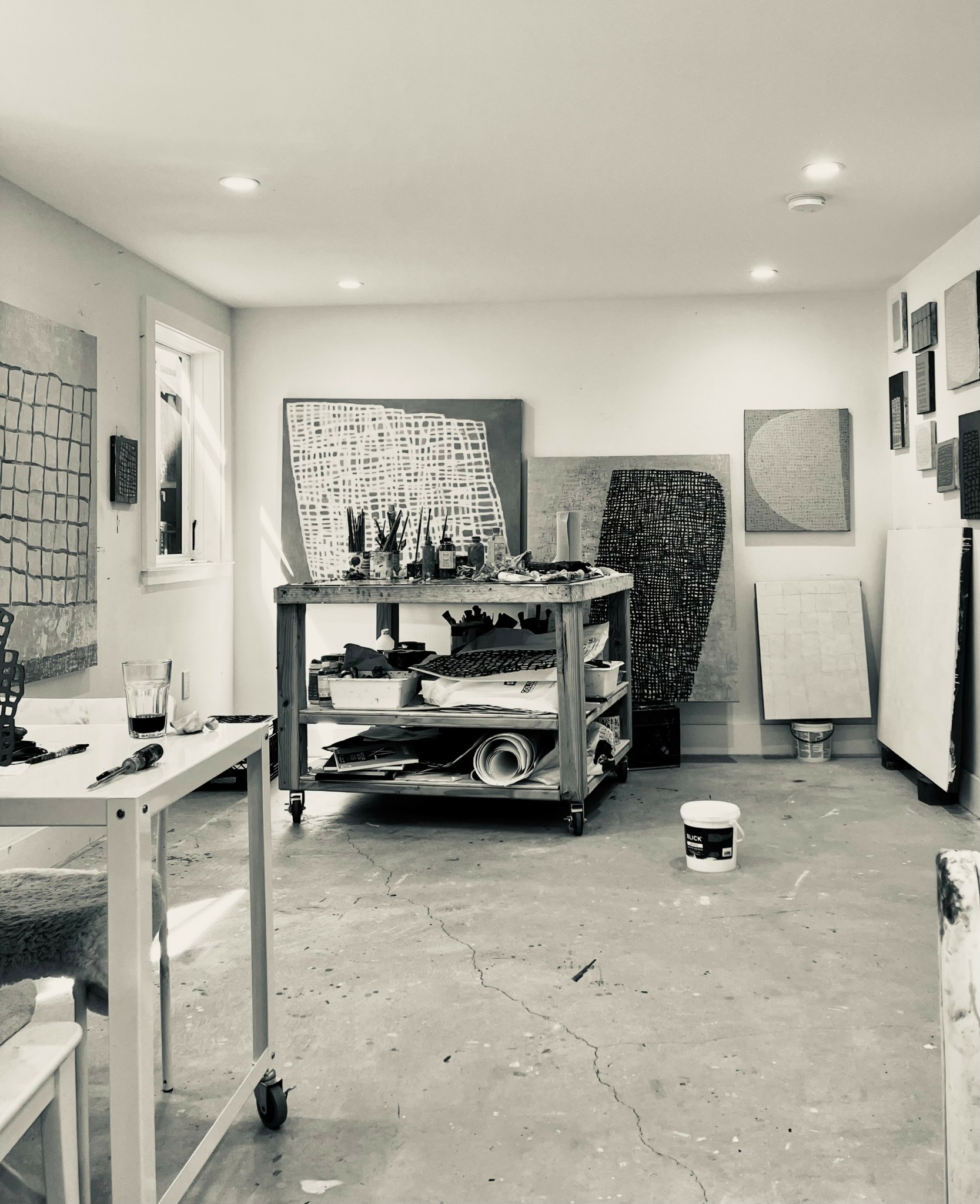
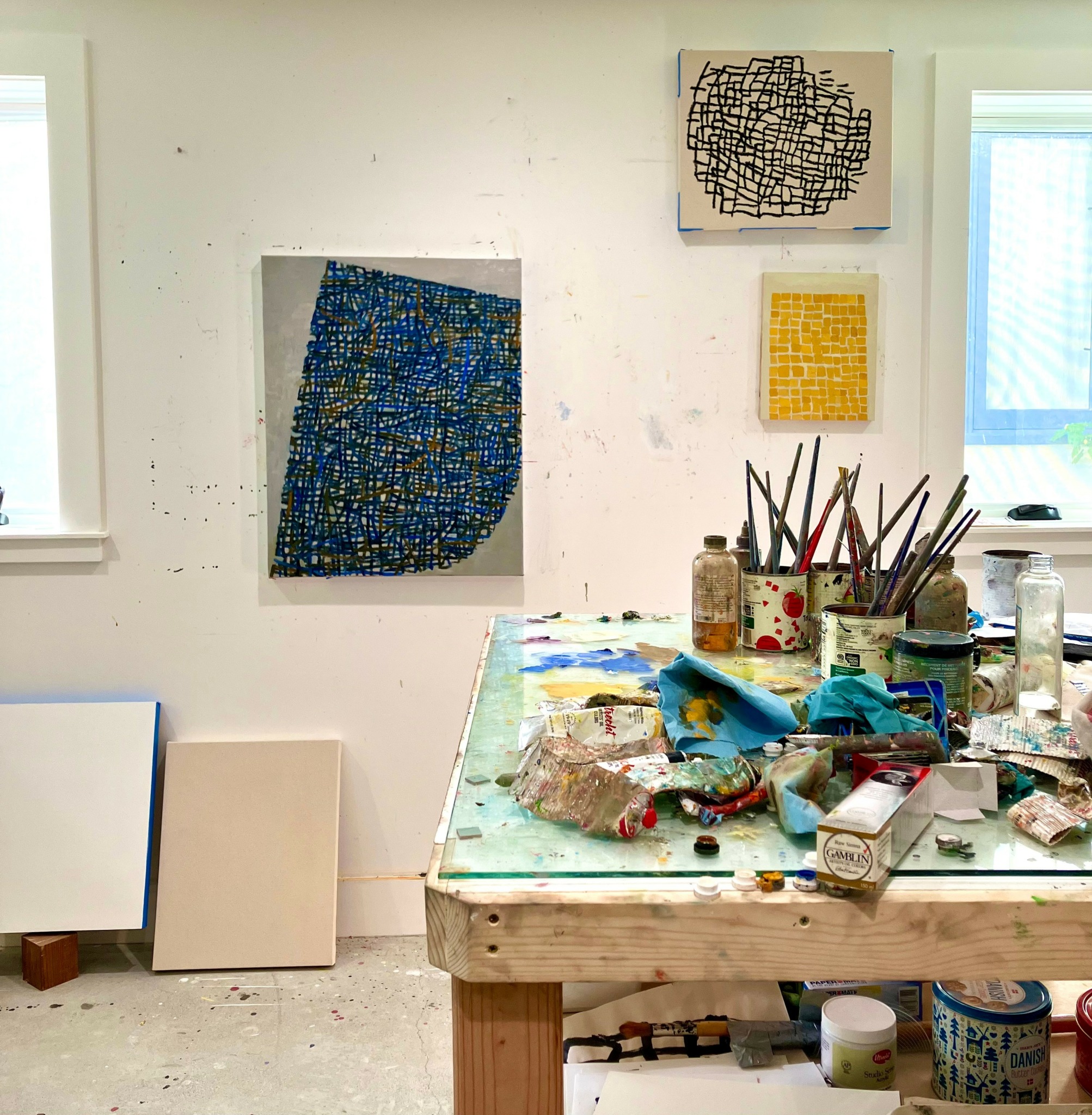
Image Credits
photography by Mayra Padilla and Francis Baker


